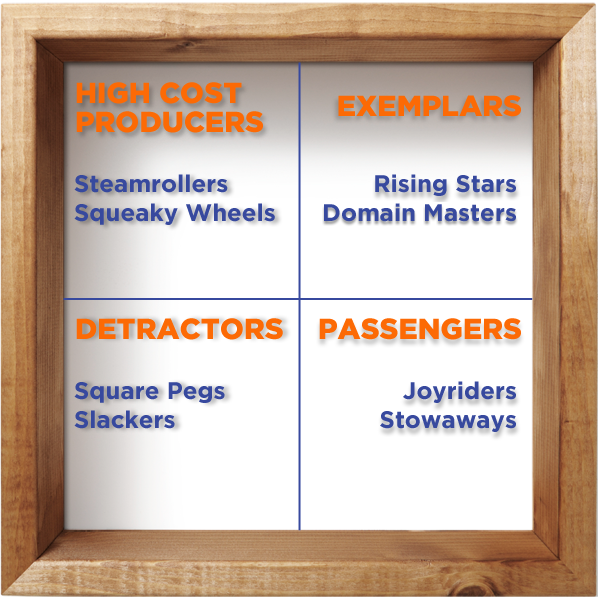The BIG Secrets of Enthusiastic Emotional Engagement.
What is engagement?
Better stated, how can you engage other people to become interested in you and your product or service? Dale Carnegie (How to Win Friends and Influence People) says by becoming interested in them. And he’s partially right.
The reality, and the secret of engagement is that BOTH people must be mutually engaged and mutually interested, and BOTH people must be intellectually stimulated and emotionally connected. Otherwise it’s just a conversation that will be forgotten, unless the salesperson is taking notes. #notlikely.
What is the secret ingredient of engagement?
The key to deepening a sales conversation, or any conversation for that matter, is to connect emotionally. Favorite teams, kids, college create emotion when spoken about, and the feelings and or situations are mutual.
The secret ingredient of engagement is emotion. Emotion is a key link to rapport, relaxation, and response. Emotion takes conversations deeper and becomes more open. The desire to talk and reveal becomes more intense. It pushes you to trade stories and discover similarities.
To help you get the picture of why engagement and emotional engagement are so important, and how to start the process, I am offering two examples and scenarios:
1. FIND THE LINK! What do you have in common with your prospect? That will build rapport and lead you to a sale faster than anything.
Contrary to popular belief, ‘Customer types’ don’t matter. That’s right, take your amiable, driver, tightwad analytic types and toss them in the trash. My favorite type of customer is one that has a wallet with a credit card in it. Oh wait, that’s everybody.
Here’s the challenge… If you spend 30 minutes trying to figure out what type of person you’re dealing with, and then all of a sudden discover you both like model trains – or your kids both play soccer in the same league – or you both went to the same college – or you both grew up in the same town – or you both like the same sports teams – you will most likely make the sale no matter what type of person he or she is.
Personal things ‘in common’ lead to a friendship, a relationship, and lots of sales.
2. FIND THE MEMORY! If you can find one thing about the other person, and do something creative and memorable about it – you can earn the appointment, build friendship, create smiles, and make a sale.
I was courting a big client in Milwaukee. Found out the guy liked chocolate and was a Green Bay Packer fan. The next day I sent him a Packer hat full of chocolate covered footballs. The next day I was hired. Coincidence or luck? I have no idea. I just continue to do the same type of thing as often as I can, and continue to make sales.
I was courting a big client in Seattle. Found out the guy liked baseball. Sent him a Louisville Slugger baseball bat with his name engraved on it. Needless to say I hit a home run (sorry for that).
INSIGHT: To establish the ultimate long-term relationship and to be memorable in the service you perform, you need personal information about your prospect or customer. Information that provides you with insight, understanding, and possible links. (And, oh yes, lots of sales.) The difference between making one sale and building a long-term relationship lies in your ability to get this information.
BIGGER INSIGHT: The more information you have, the better (and easier) it is to establish rapport, follow-up and have something to say, build the relationship, and gain enough comfort to make the first sale, and with consistent follow-through, many more.
BIGGEST INSIGHT: If given a choice, people will buy from those they can relate to. People they like. People they trust. This stems from things-in-common. If you have the right information, and use it to be memorable, you have a decided advantage. Or you can decide “It’s too much work, I can make the sale without it.”
This philosophy gives the advantage to someone else – your competitor.
About the Author



 Mike Figliuolo is the co-author of
Mike Figliuolo is the co-author of  Sharon Drew Morgen is founder of Morgen Facilitations, Inc. (
Sharon Drew Morgen is founder of Morgen Facilitations, Inc. (